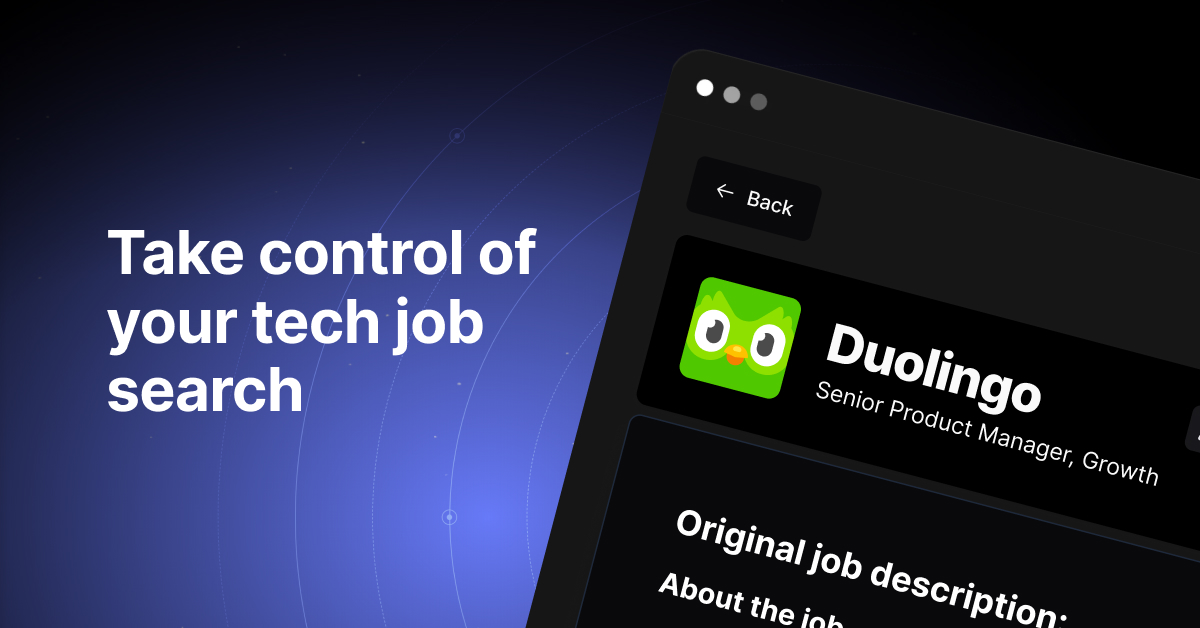Get User"s Current Location / Coordinates

🌎📍💡 Blog Post: Getting User's Current Location: A Beginner's Guide to Coordinates and Maps
Introduction: Welcome to another exciting blog post where we tackle the common problem of getting the user's current location and displaying it on a map. 🗺️📈 Whether you're building a navigation app, a restaurant finder, or just curious about your user's whereabouts, we've got you covered. Let's dive in and unravel the mysteries of coordinates and maps!
Problem Statement: So, you want to store the user's current location and show it on a map, but you're not sure where to start. You've got the app working with pre-defined coordinates, but getting the actual device location is giving you a headache. 😫
Solution 1: Leveraging HTML5 Geolocation API 🌐 A simple solution to retrieve the user's current location is by using the HTML5 Geolocation API. With just a few lines of JavaScript, you can access the device's GPS capabilities and obtain the coordinates you need. 🤯 Here's an example:
if (navigator.geolocation) {
navigator.geolocation.getCurrentPosition(showPosition);
} else {
console.log("Geolocation is not supported by this browser.");
}
function showPosition(position) {
var latitude = position.coords.latitude;
var longitude = position.coords.longitude;
console.log("Latitude: " + latitude + ", Longitude: " + longitude);
}Solution 2: Obtaining Coordinates on iOS 📱 If you're building an iOS app, you can tap into the Core Location framework to get the user's location. This powerful framework provides high-level and low-level interfaces to authorize, monitor, and track the user's whereabouts. To get started, follow these steps:
Request permission: Before accessing the user's location, your app needs their permission. Add a key to your app's Info.plist file, explaining why you need access.
Import the Core Location framework: In your code, import the CoreLocation framework and initialize the CLLocationManager.
Set up the delegate: Assign a delegate to your CLLocationManager object to receive location updates.
Request location updates: Call the startUpdatingLocation method on your CLLocationManager object to begin receiving location updates.
Implement delegate methods: Implement the delegate methods to handle location updates and error handling.
Solution 3: Managing Plist & Adding Items 📝 Adding items to a Plist (Property List) file can seem like a daunting task, but fear not! 🙌 It's actually quite straightforward. Follow these steps to add items to a Plist file:
Locate the Plist file: In your Xcode project navigator, find your Plist file (Info.plist or a custom Plist file).
Expand the Plist file: Click on the Plist file to expand its contents.
Add a new item: Right-click on an empty area and select "Add Row." This will create a new item in the Plist.
Define the item: Double-click on the new item to give it a name and a value.
Save the changes: Make sure to save your changes to the Plist file.
Call-to-Action: Congratulations! You've learned how to fetch the user's current location and display it on a map. 🙌 Now go out there and build amazing location-based apps that will amaze your users! 🚀
But wait, there's more! Have you encountered any challenges while implementing location tracking in your app? Do you have any cool location-related project ideas to share? We'd love to hear from you in the comments below! Let's spark a conversation and learn from each other. 🔥💬
So, what are you waiting for? Start coding, exploring the world through coordinates, and mapping your way to success! 🌍💻🗺️💪
Remember, the world is yours to uncover, one location at a time! Happy coding! 💙
Note: Don't forget to check your platform's documentation for specific details and additional features related to obtaining the user's current location and managing Plist files. 📚😊
Take Your Tech Career to the Next Level
Our application tracking tool helps you manage your job search effectively. Stay organized, track your progress, and land your dream tech job faster.



